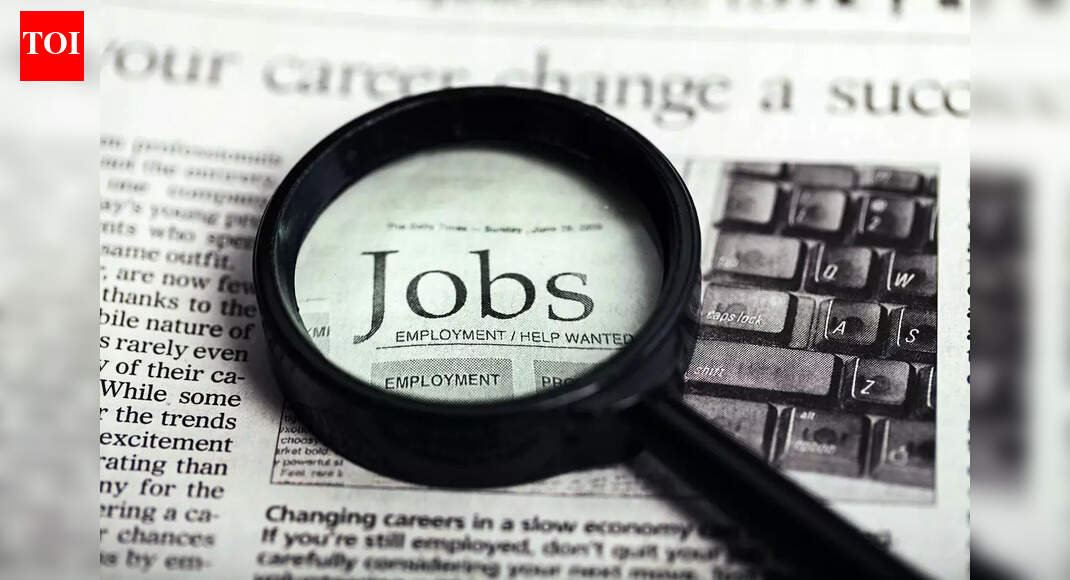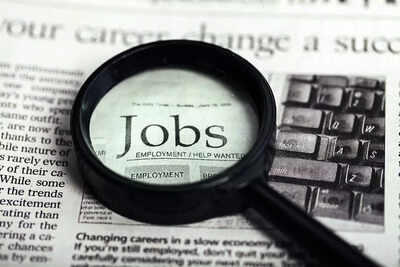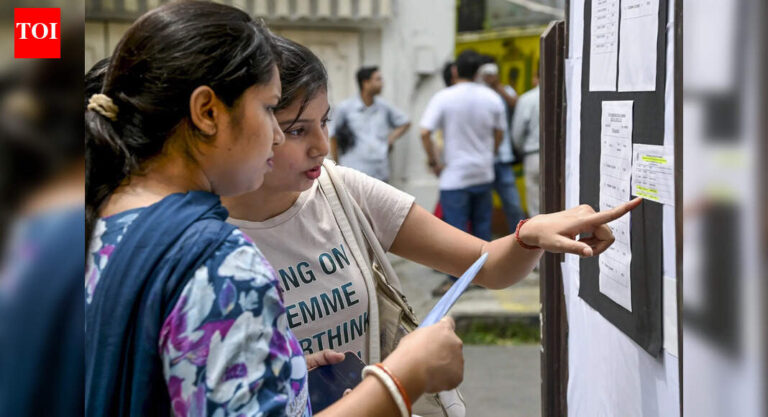
For much of modern American history, a college degree has been considered fundamental, a mark of certainty in an unpredictable labour market. This autumn, that anchor has begun to drag. Fresh, government-shutdown-delayed data released Thursday by the US Bureau of Labour Statistics (BLS) shows that bachelor’s degree-holders now make up one-quarter of the nation’s unemployed, the highest proportion recorded since the early 1990s.It is a moment that feels personal for many educated workers. Families who invested in degrees with the expectation of stability now find themselves confronting a labour market where credentials do not automatically open doors. The shift has stirred an unease that numbers alone cannot capture.
A white-collar slowdown that breaks precedent
The unemployment rate for Americans with bachelor’s degrees rose to 2.8 percent in September, an increase of half a percentage point from the previous year. That movement, modest on paper, translates into more than 1.9 million unemployed adults aged 25 and over, according to BLS data, a level never reached before 2025.Recent graduates, armed with degrees and expectations, are entering a job market that feels increasingly indifferent to their aspirations. The conventional stepping stones into white-collar work are narrowing, and the confidence once associated with a four-year degree is beginning to erode.
Automation casts a long shadow
Economists have attributed this new vulnerability partly to the accelerating integration of artificial intelligence into corporate decision-making. The year has been marked by headline-generating job cuts at Amazon, Target, and Starbucks, each reflecting an era in which companies are reorganising teams and replacing tasks that were once firmly in human hands.Outplacement firm Challenger, Gray & Christmas recently reported that October saw the highest number of job-cut announcements for that month in over two decades, with AI-related restructuring emerging as a major driver. On Thursday, Verizon Communications Inc. intensified the mood of uncertainty by revealing plans to eliminate more than 13,000 positions, part of an effort to reduce its non-union workforce by as much as 20 percent.
Young workers face the steepest climb
The strain is falling heaviest on young Americans stepping into adulthood. The unemployment rate for those aged 20 to 24 climbed to 9.2 percent in September, rising 2.2 percentage points in a year. Such a surge has historically appeared only during recessions, and for many young jobseekers it translates into stalled momentum, unpaid work, or reluctant returns to part-time roles.Older workers, meanwhile, remain comparatively insulated, with unemployment holding below 4 percent, though even they sense the job market tightening around the edges.
Job growth powered by only two industries
A closer look at national job creation reveals how dependent the labour market has become on a narrow set of sectors. Health care and social assistance, along with leisure and hospitality, have together generated more than 100 percent of the net employment gains in 2025, adding a combined 690,000 jobs. Without them, the US would have recorded a slight decline of roughly 6,000 jobs this year, according to US media reports.The picture is bleak for high-skilled workers. The professional and technical services sector, spanning computer systems design, scientific R&D and management consulting, posted an outright decline in employment over the first nine months of 2025. The contraction in this traditionally resilient arena highlights how rapidly the ground is shifting beneath white-collar occupations.
A changing equation for America’s educated workforce
Taken together, these developments signal more than a statistical deviation. They point to a recalibration of what a degree represents in the American economy. The once-predictable promise of higher education is being tested by technological change, corporate restructuring, and a labour market that now rewards flexibility over credentials.Behind the charts and percentages are millions of people adjusting their expectations. Students are wondering whether their field of study still carries weight, mid-career workers reassessing their professional footing, and families quietly questioning whether the traditional pathways to stability remain intact.As artificial intelligence continues to redraw the boundaries of professional work. The country’s most educated workers find themselves navigating a labour market in transition, one where the value of a degree is no longer guaranteed but is being renegotiated in real time.(With inputs from Bloomberg)








